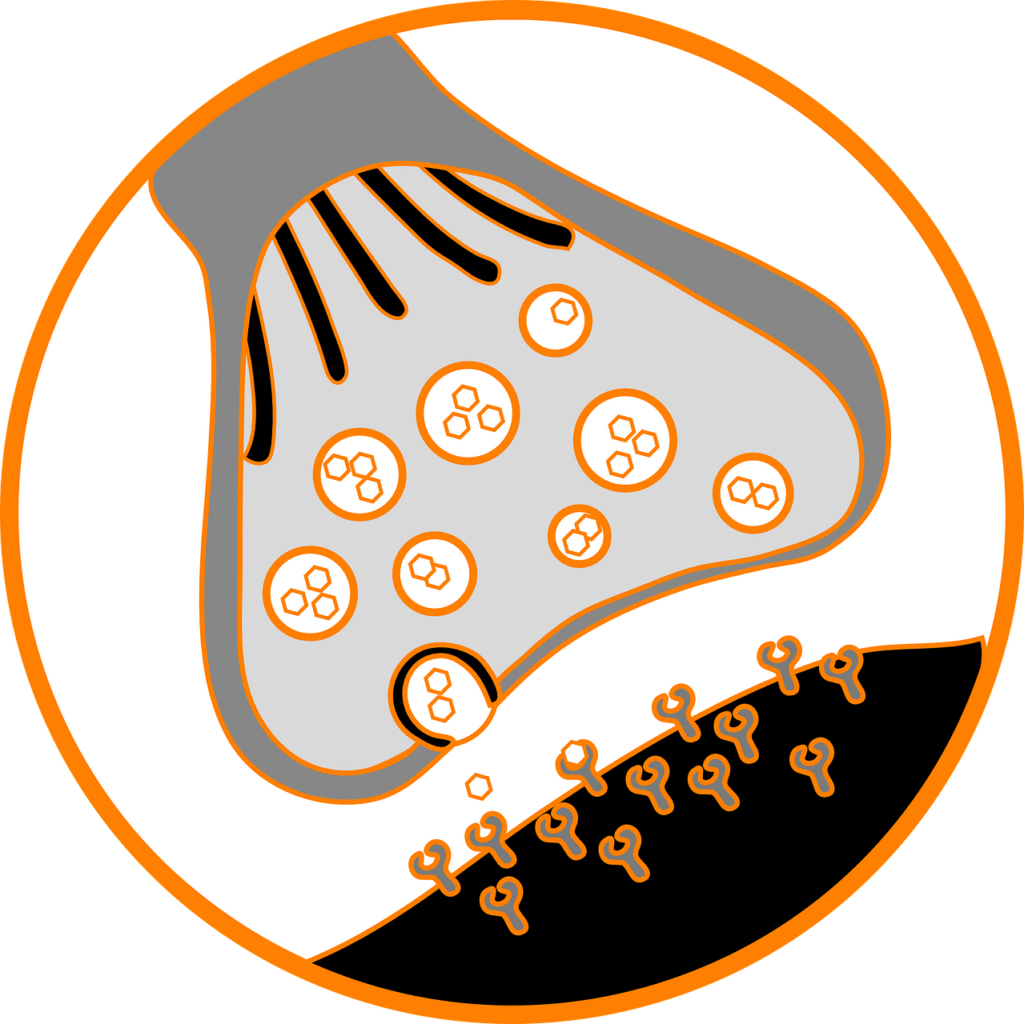| Getting your Trinity Audio player ready... |
As of 2022, ketamine has been around for over 60 years. Ketamine therapy for depression is a relatively recent topic in science and in this article we’ll delve a little deeper in ketamine’s origins and historical (and current) uses and the promise ketamine infusion holds not only as a fast acting treatment therapy for depression, but for the future of antidepressant medicine.
What is ketamine?
Special K, Vitamin K, Kit Kat, the infamous K-hole. Judging by the amount of slang todays’ youth might not realize that ketamine actually started off as a bonafide drug with clear medical indications.
Ketamine is a drug originally used in pain management and as an anesthetic (it helps induce and maintain anesthesia/sedation). Its unique effects on the respiratory and circulatory system (ketamine suppresses breathing much less) compared with other sedatives and anesthetics, make it a favourable choice during short-term procedures when muscle relaxation isn’t required.
Ketamine’s history
Since its synthesization over 60 years ago, ketamine’s effects on society have been nothing less of spectacular. Ketamine has fuelled political debates and shaped views on mental health and society. Its’ study has allowed scientists to peel back and discover ever more layers on the inner workings of the human brain and its psyche. Its effects are so powerful, that some scientists belief that its use as a fast acting antidepressant has been the single most important advance in the treatment of depression in more than 50 years.
1960s
Chemistry professor Calvin L. Stevens first synthesized ketamine in 1962. During animal trails, the drug produced promising results. In 1964 ketamine was even tested on prisoners and it proved to be a faster acting anesthetic with fewer toxic effects than the up untill that point most commonly used anaesthetic PCP. Eventually PCP use as an anaesthetic was discontinued in 1965 because of its troubling side effects. (You might still read or remember those horror stories in relation to illicit PCP use in the news, but medical use of PCP has become virtually non-existent.)
1970s
Ketamine was used very extensively as an anesthetic in battlefield surgery during the Vietnam War. After the Vietnam War illicit ketamine use quickly grew popular on the West Coast.

1980s
Ketamine’s off-label use as a party drug began to increase during the 1980s. Its use was especially prominent in the rave culture, where capsules, pills, powders and tablets of the drug were sold as a form of ecstasy.
1990s
During the 90s, ketamine was still widely being used as an anesthetic, but its use as an illicit party drug began to dominate public conversation. In the streets of Hong Kong especially, ketamine wreaked havoc. Hong Kong still has issues with ketamine abuse to this day. In the final year of the decade, the United States made ketamine a federally controlled substance in an attempt to counter its illicit use.
2000s
After its listing as a federally controlled substance in 1999, ketamine use noticeably declined; both medically and illicitly. Drugs such as heroine and cocaine took off, and medically heroin replaced ketamine as the more popular anesthetic.
During the 2000s however, medical professionals began noticing another interesting phenomenon occuring with ketamine use; the rapid alleviation of depression and suicidal thoughts.
In 2000, in its first clinical trail on depression, intravenous administration of a sub-anesthetic dose of ketamine was reported to result in a rapid, significant reduction of Major Depressive Disorder (MDD) symptoms that lasted for 72 hours.
Scientists believe ketamine’s anesthetic and dissociative properties, and possibly its antidepressant effects, stem from its interaction with the so-called NMDA-receptor.
What is the NMDA-receptor?
N-methyl-D-aspartate (NMDA) receptors play a crucial role in learning , memory formation, even breathing via excitatory neurotransmission. These excitatory transmissions lead to long term potentiation (the part where your memories and things you’ve learned are formed and consolidated).

Disfunction of these receptors can lead to a variety of neurotoxic and degenerative states. In Alzheimers’ disease for example, NMDA-receptor hypofunctioning is thought to contribute to the impairment in learning and memory behaviour often found in the disease. Amyloidosis, the abnormal deposition of beta-amyloid protein, which is thought to play a major role in Alzheimer’s and Parkinson’s disease (although that theory is now being debated) can then further damage the NMDA-receptor, eventually triggering the onset of these neurodegenerative diseases.
How does ketamine work to alleviate depression?
By blocking the NMDA-receptor, ketamine, like other dissociative drugs such as PCP and Dextromethorphan (a common ingredient in cough syrup) produce anesthetic and dissociative effects in high doses. In sub-anesthetic doses, these NMDA-receptor blocking drugs are believed to help alleviate depression. Scientists are now trying to figure out if these drugs can be viable options for treating depression, especially in cases of treatment-resistant depression.
The exact factors that result in the rapid alleviation of MDD symptoms is as of yet not clear. Some research suggests that it is through its dissociative (making one feel detached from one’s environment and/or body) and pain easing effects that it exerts its influence on depression.
What are the risks of ketamine use?
Ketamine and other dissociative drugs such as PCP are very dangerous if used unsupervised. Illicit use of dissociative drugs like these have been linked to (often) violent cases of persistent schizophrenia.
Besides its potentially detrimental effects on mental health, use of ketamine has been linked to bladder incontinence, kidney problems and stomach pains.
Is there a ketamine treatment for depression available?
As of 2022 there is only one ketamine treatment for depression that is approved in the United States, Canada and the European Union. It is an esketamine based nasal spray only available at certified doctor’s office or ketamine clinic. The nasal spray in question had been approved as an anesthetic in 1997 first, and its use as a ketamine-based treatment for depression was approved in 2019.
Due to its high potential for abuse, the medicine is listed as a controlled substance. The spray can only be taken at a doctor’s office or ketamine clinic and cannot be used at home.
Should I try ketamine for depression?
As with most drugs that have psychedelic potential, ketamine is as of yet not a first line treatment for depression.
If you are suffering from depression please consult with your doctor or general practioner as soon as possible and they will discuss the appropriate steps with you.

the article is interesting, i just have an objection. In adult patients (12yo or more), ketamine thanks to its high dissociative effect, cause hallucinations moderate to severe (near death experiences reported), ketamine then in most countries is used only for childs anesthesia. Patients with obsessive/depressive syndrome getting then hallucinatory status in my opinion could have more cons than pros, isn’t then a drug simple to use consider the central neurological affects (anesthesia, breath center depression also if moderate) as every psychedelic drug it can then induce exasperation of already existent patological mental status.
Anyway im not a pharmacologist or a psychiatrist, so perhaps will be found that Ket will be a valuable drug for depression treatment
Apologize for my english.
Dr.Polina Samoylenko PHD psycholgy post grad childood psychology
University of Kyiv